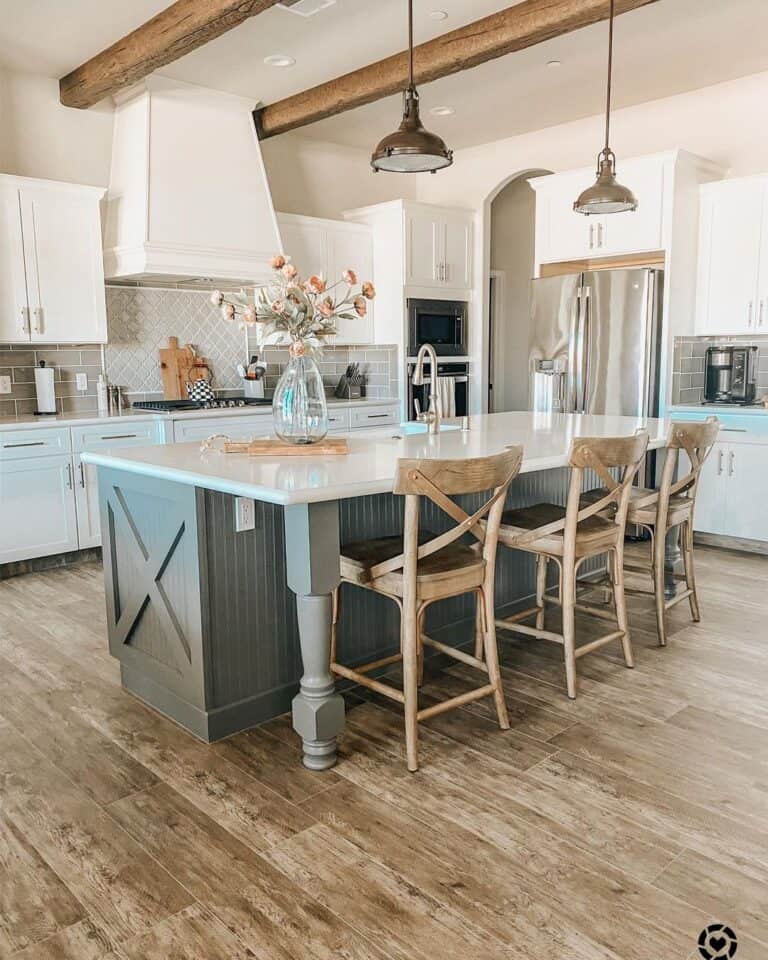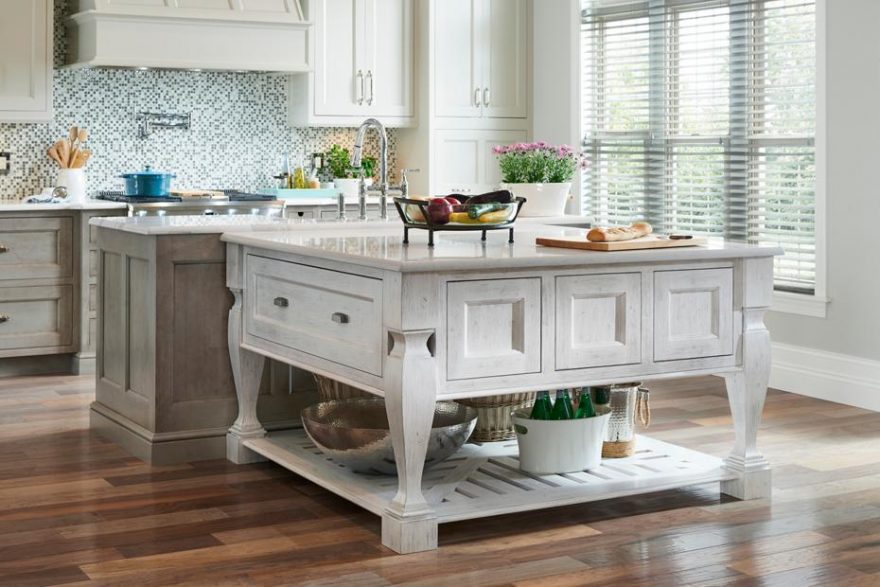Ingenious and Trendy Designs in Modern Legs For Kitchen Island Solutions
Wiki Article
Crucial Elements to Consider When Selecting Legs For Cooking Area Island
Selecting the suitable legs for a cooking area island includes a mindful evaluation of several factors that can considerably affect both functionality and visual allure. Amongst these, the choice of material plays a pivotal role in guaranteeing longevity, while the design should complement the existing design. Additionally, considerations such as height and weight assistance are vital for stability and comfort. As we explore these components, it ends up being clear that each choice can have far-reaching effects for the overall cooking area experience. What subtleties should be considered in each of these classifications to achieve the ideal balance?Material Options
When picking legs for a kitchen island, comprehending the numerous product options is necessary for achieving both aesthetic charm and architectural honesty (Legs For Kitchen Island). The choice of material substantially affects not just the resilience of the island however additionally its total design and functionalityWood is a preferred selection, offering warmth and flexibility. Solid woods, such as oak or maple, give stamina and can be tarnished or repainted to match the cooking area decor. Metal legs, frequently made from stainless steel or functioned iron, add a commercial and modern-day feeling while making certain longevity and security. These products are immune to put on and can support substantial weight, making them optimal for larger islands.
One more choice is crafted products, like MDF or plywood, which can be more affordable while still using an array of surfaces. They may not give the same level of security as strong wood or metal. Legs For Kitchen Island. Materials such as acrylic or glass can develop a modern look, though they might need additional assistance to guarantee security.
Eventually, the selection of product for kitchen island legs should line up with the desired capability and the general motif of the kitchen area.
Design And Style

When taking into consideration design, the form and coating of the legs are critical. Tapered legs can provide a sense of agility and elegance, while thicker, much more durable legs can share stamina and security. In addition, the coating-- be it painted, stained, or all-natural-- ought to enhance the cabinets and counter top materials to develop a unified appearance.
Moreover, the design of the legs can likewise show personal taste. Custom-made or decorative legs, such as those including complex makings or distinct geometric shapes, can act as prime focus, including character and personality to the cooking area. Inevitably, the ideal option will not just improve functionality but additionally raise the aesthetic allure, making the kitchen area island a standout feature of the home.
Elevation Factors To Consider
Choosing the appropriate elevation for kitchen island legs is crucial, as it straight affects both functionality and convenience. The conventional elevation for a kitchen area island anchor usually varies from 36 to 42 inches, lining up with common kitchen counter heights. A 36-inch elevation is optimal for food preparation and food preparation, enabling for comfy use of cooking area home appliances and devices. On the other hand, an elevation of 42 inches is typically chosen for islands intended for bar seating, suiting taller stools and supplying a casual eating experience.
It is also vital to represent individuals' choices and heights. Customizing the elevation can make sure a comfortable experience for all relative, making check my source the kitchen island an extra pleasurable and functional room.
Weight Support
Ensuring appropriate weight support for kitchen area island legs is important for both safety and security and performance. The cooking area island typically offers several objectives, including cooking, dining, and added storage, requiring a durable support framework. When choosing legs, it is critical to think about the total weight capacity needed based upon the island's intended usage and the products that will be put on it.The selection of material for the legs plays a considerable duty in their weight-bearing capabilities. Strong timber, metal, and durable compounds usually offer remarkable toughness compared to lighter materials. Furthermore, the layout of the legs-- whether they are straight, tapered, or have a pedestal form-- can affect their capacity to disperse weight effectively throughout the structure.
Additionally, the leg positioning should be tactically prepared to improve security. Legs placed at the edges or with a wider base can better support much heavier try here tons. Constantly get in touch with the manufacturer's specifications concerning tons limitations to make sure that the legs can maintain the desired weight without endangering safety and security. In recap, picking cooking area island legs with adequate weight support is important for creating a safe and functional cooking room.
Setup and Maintenance
Proper installment and upkeep of cooking area island legs are important for guaranteeing longevity and stability. This often includes securing the legs to the island base utilizing appropriate bolts, ensuring that the legs are level and straightened.When mounted, regular upkeep is necessary to protect the honesty and appearance of the legs - Legs For Kitchen Island. For wooden legs, routine cleaning with a moist towel and application of suitable wood gloss can prevent wetness damages and maintain their surface. Steel legs might require a gentle cleansing remedy to remove grease and crud, adhered to by a dry towel to stop rust development
In addition, evaluate the legs frequently for indications of wear or damages, such as splits or loosened joints. Tightening up screws or screws as required can additionally lengthen the life-span of the legs. By sticking to these installment and upkeep techniques, home owners can ensure that their kitchen island remains tough and aesthetically appealing for several years ahead.
Verdict

Aesthetic coherence is vital in picking the style and design of legs for a kitchen island, as these aspects considerably affect the total setting of the space. Tapered legs can offer a sense of lightness and elegance, while thicker, much more robust legs can share toughness and stability.Choosing the suitable height for kitchen area island legs is vital, as it straight affects both performance and convenience. In summary, choosing kitchen area island legs with appropriate weight support is vital for producing a risk-free and practical culinary space.
In conclusion, picking legs for a cooking area island demands mindful factor to consider of different elements, including product alternatives, design, height, weight support, and installation.
Report this wiki page